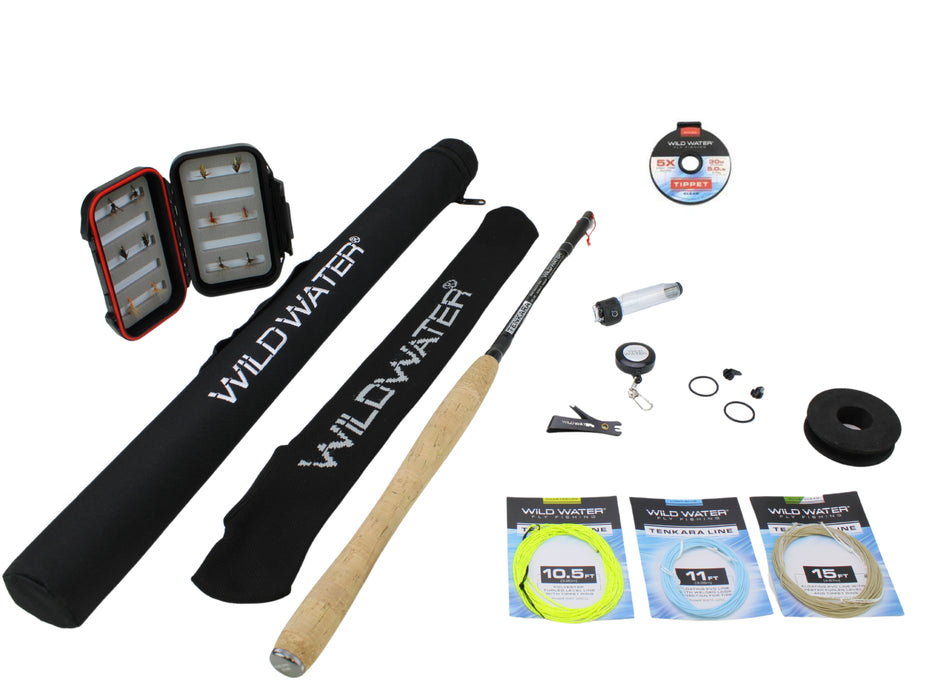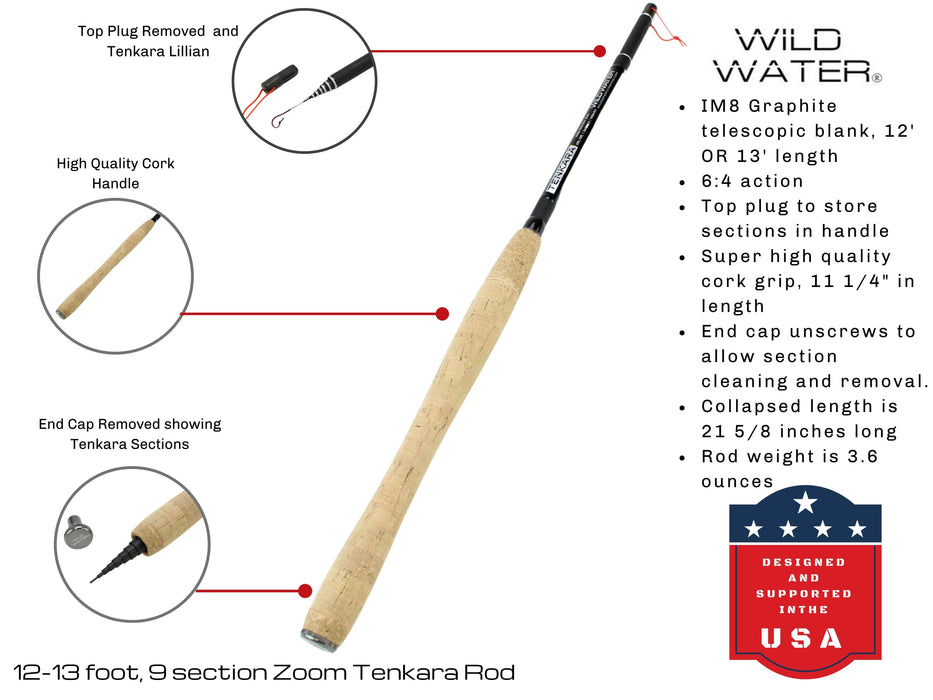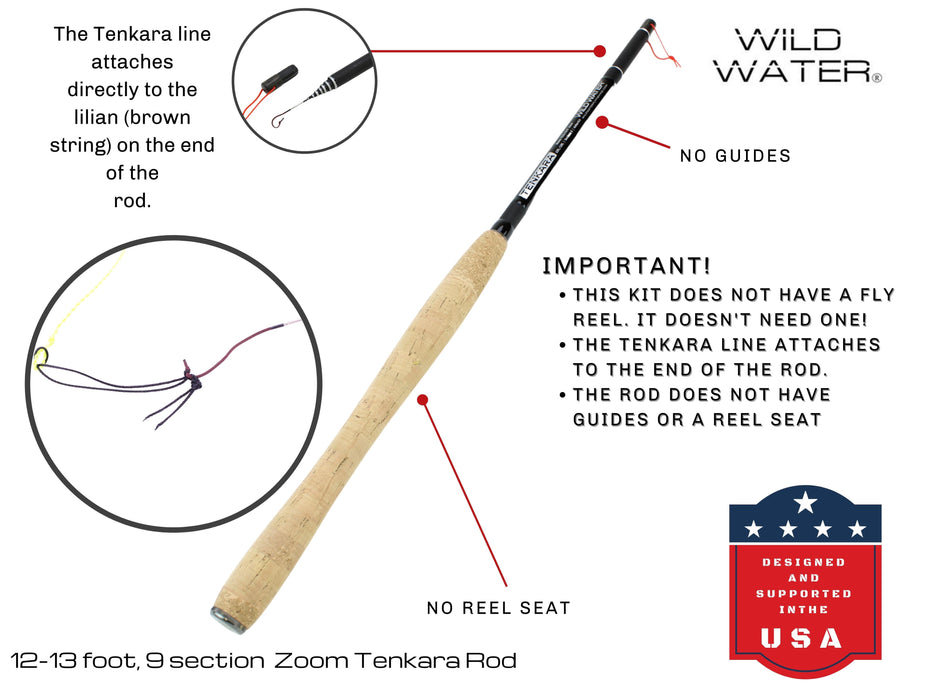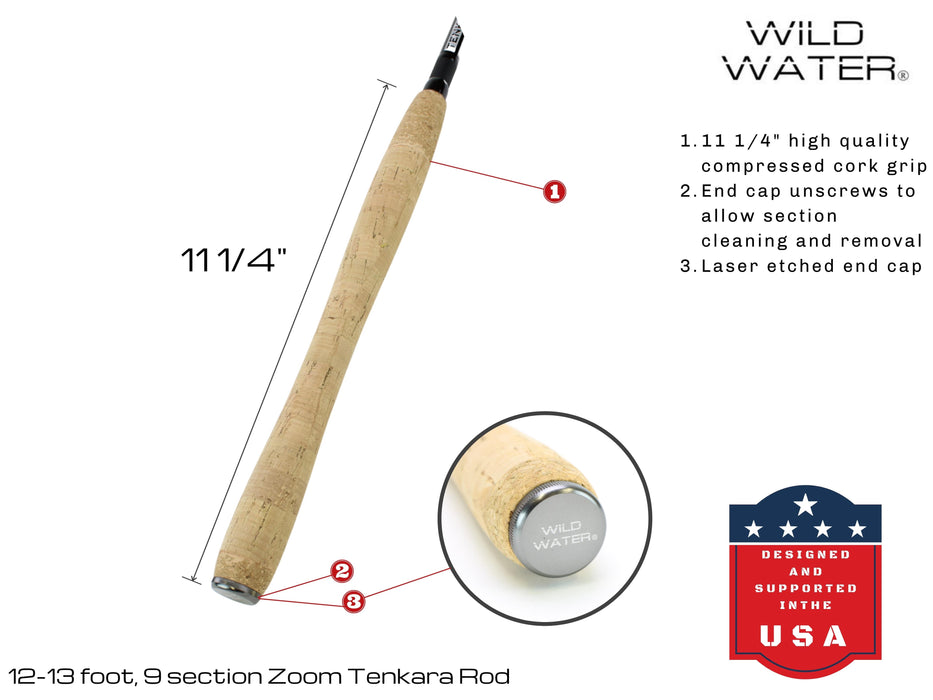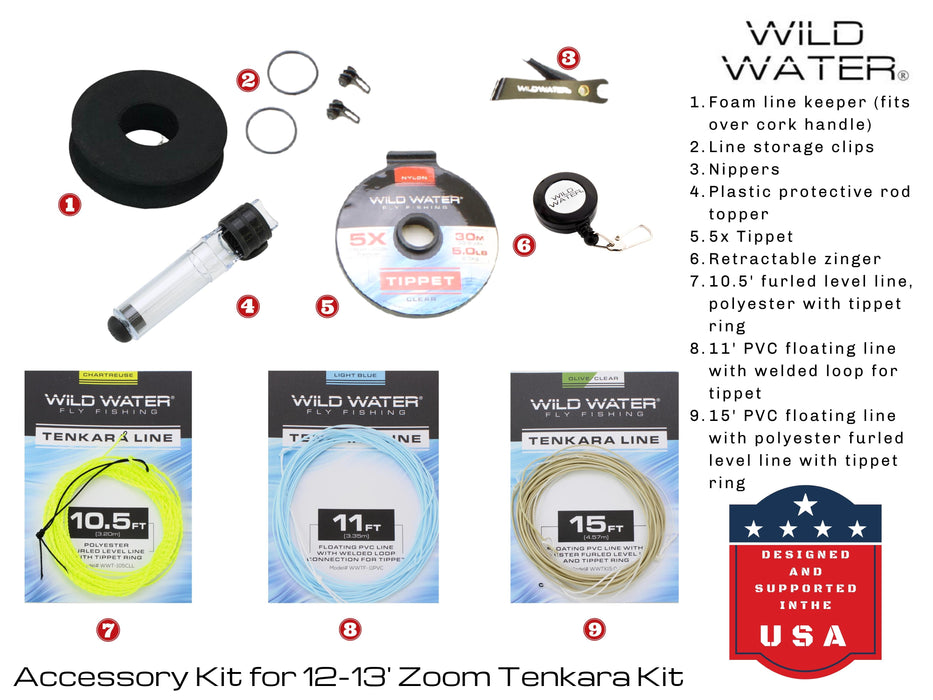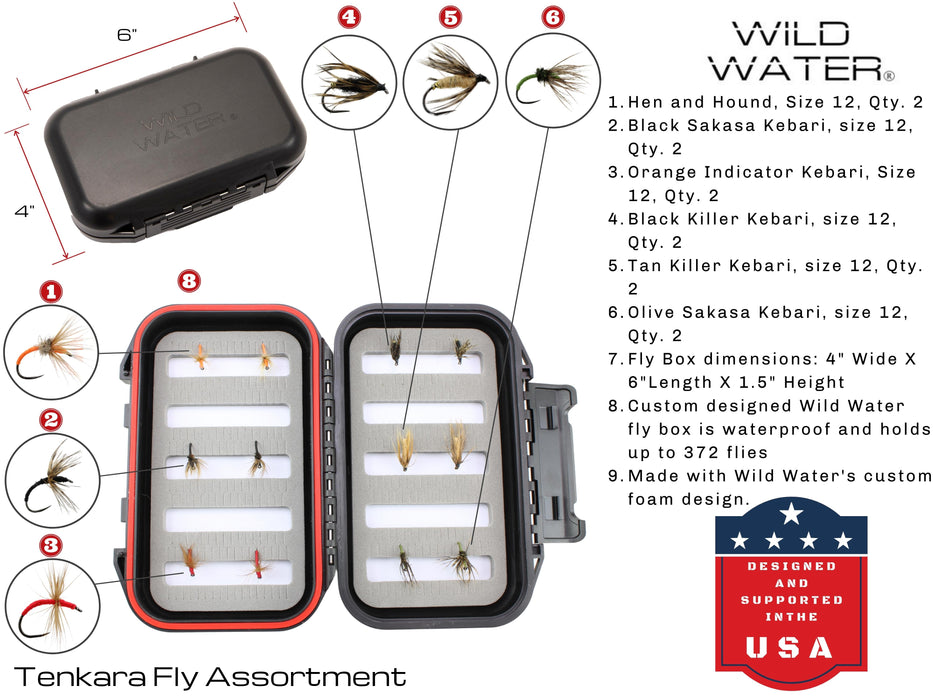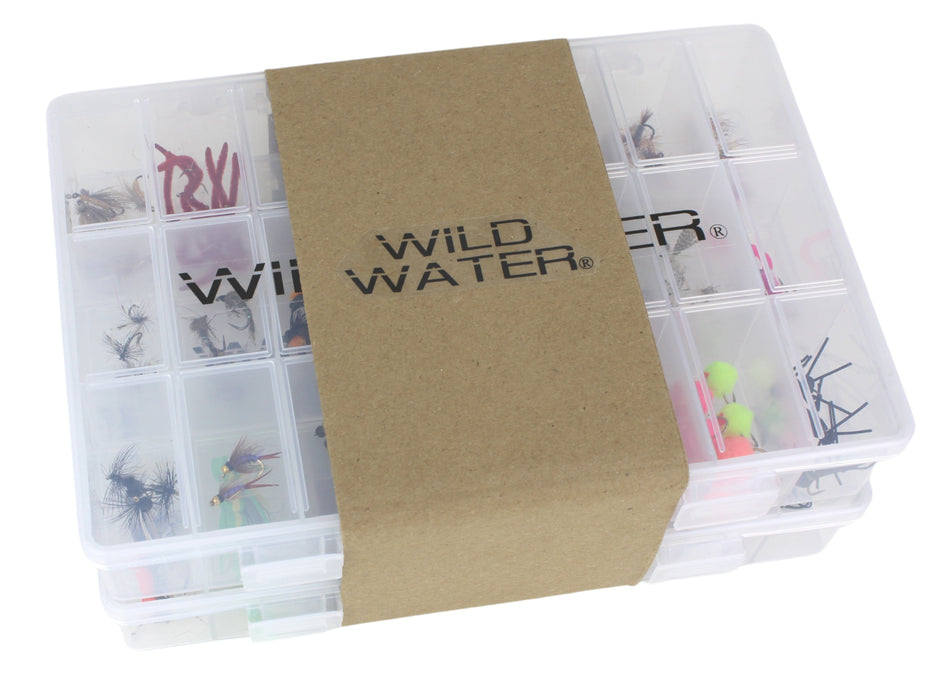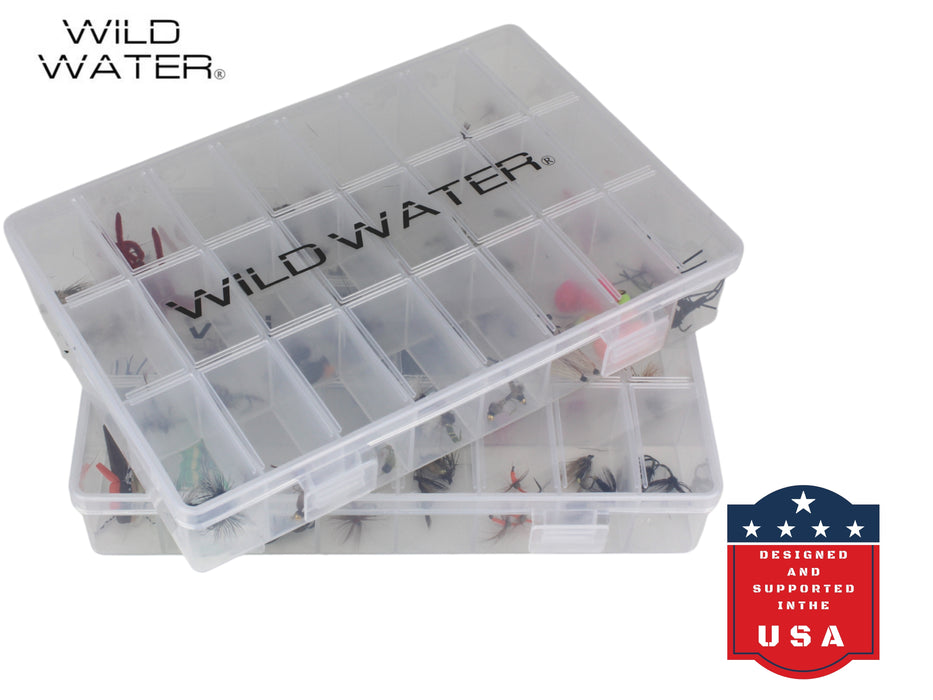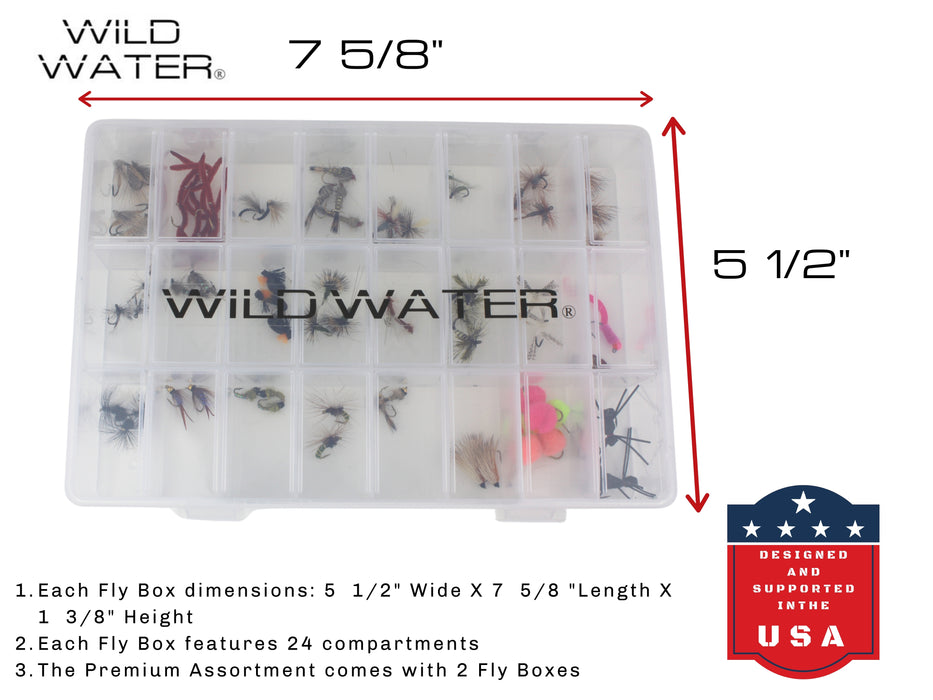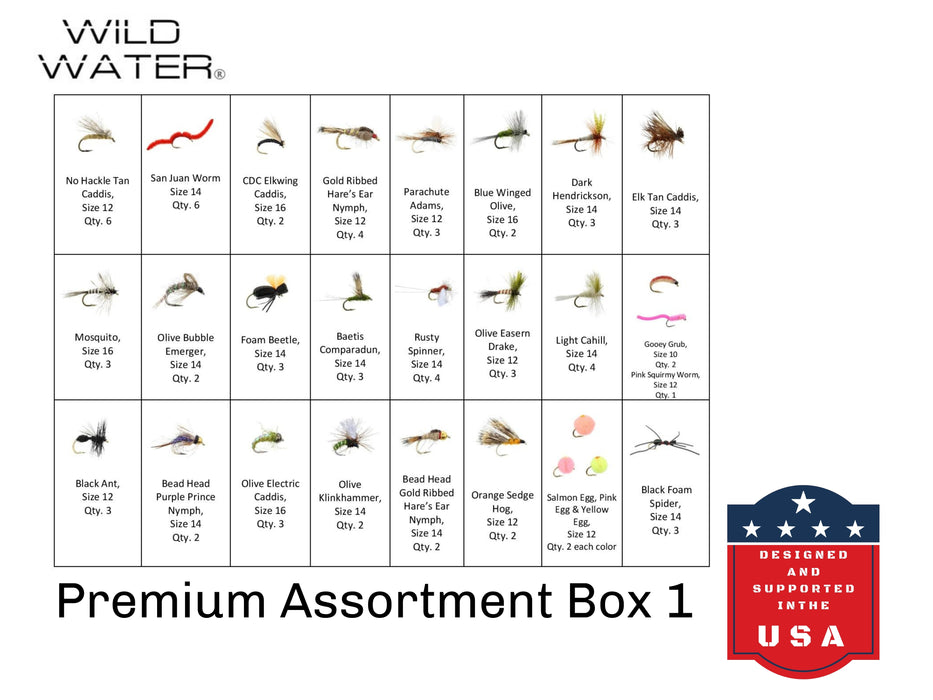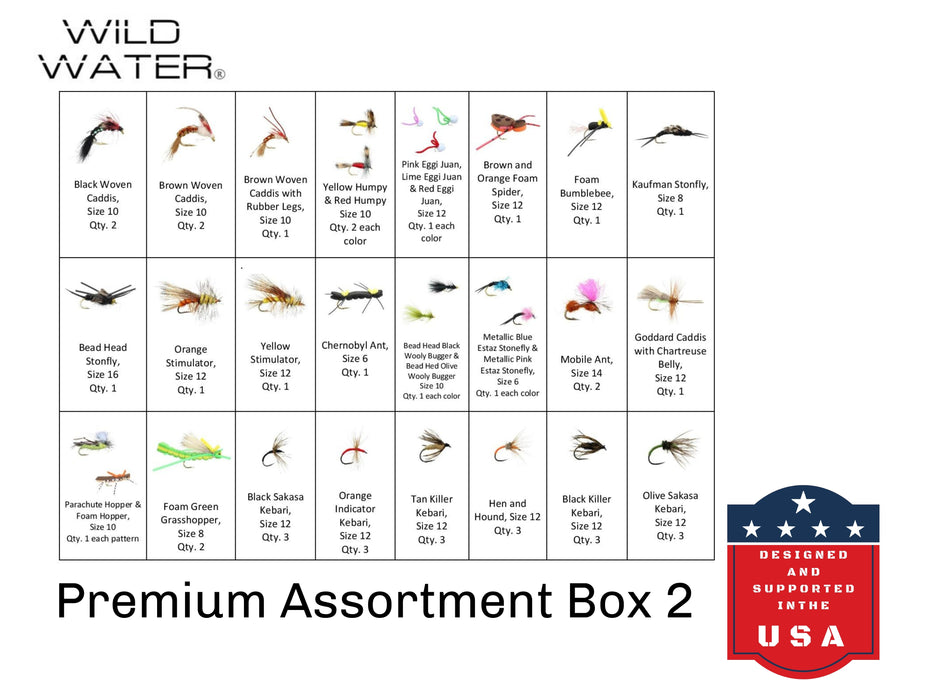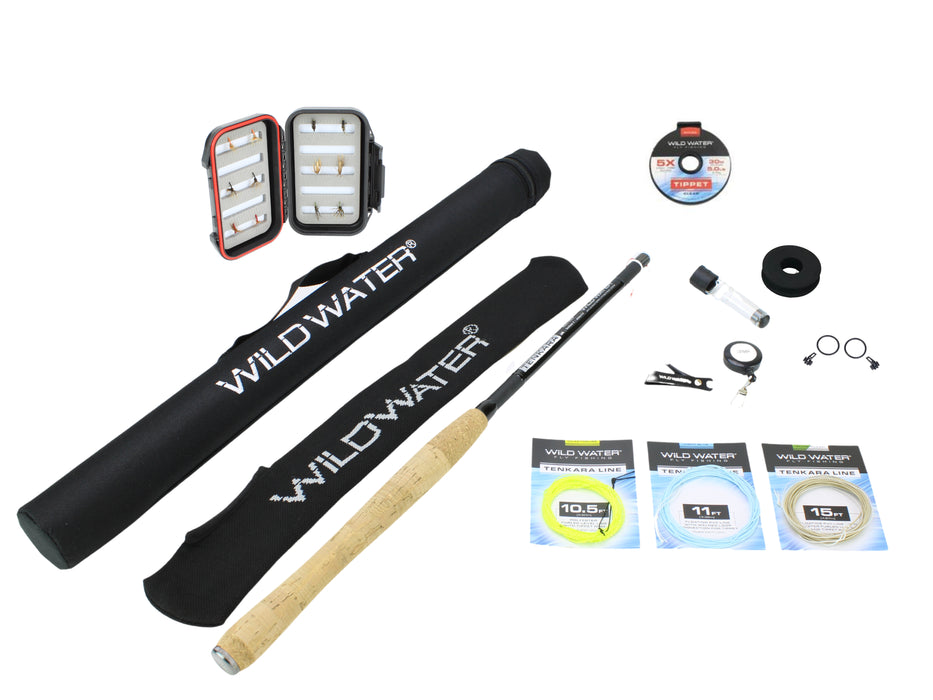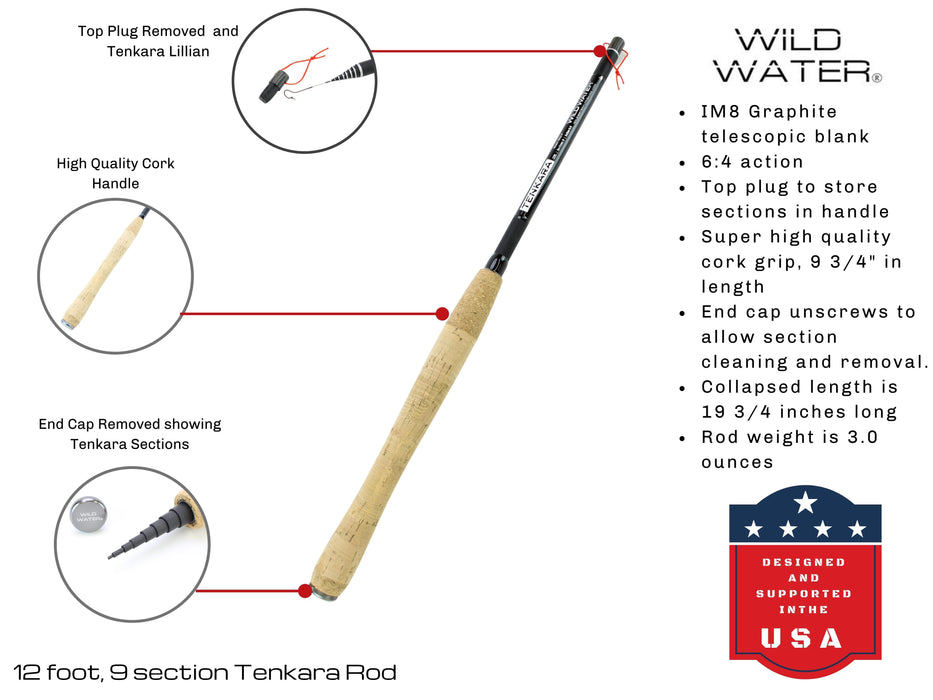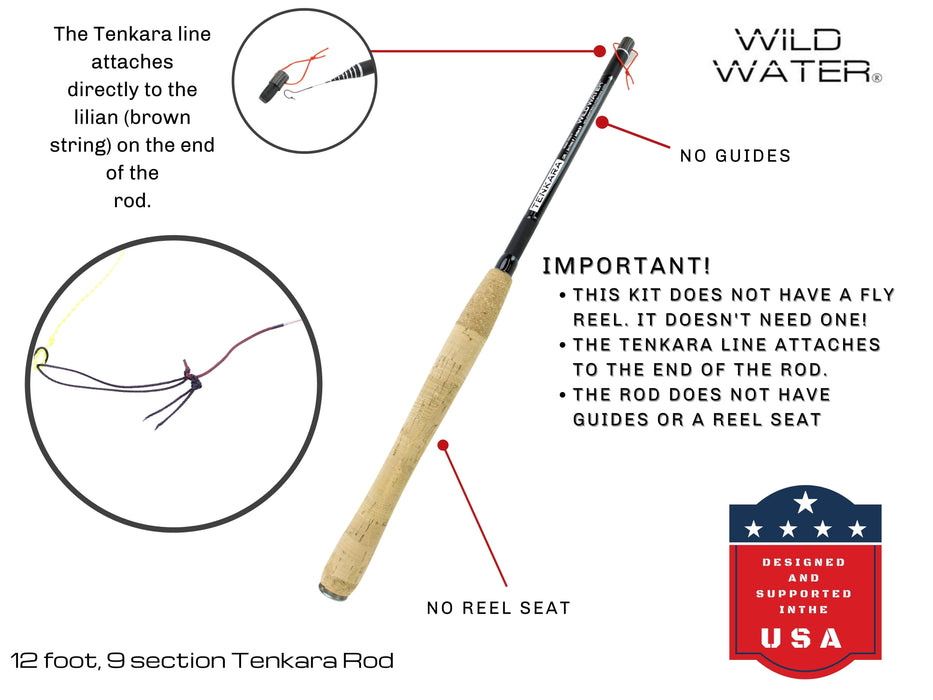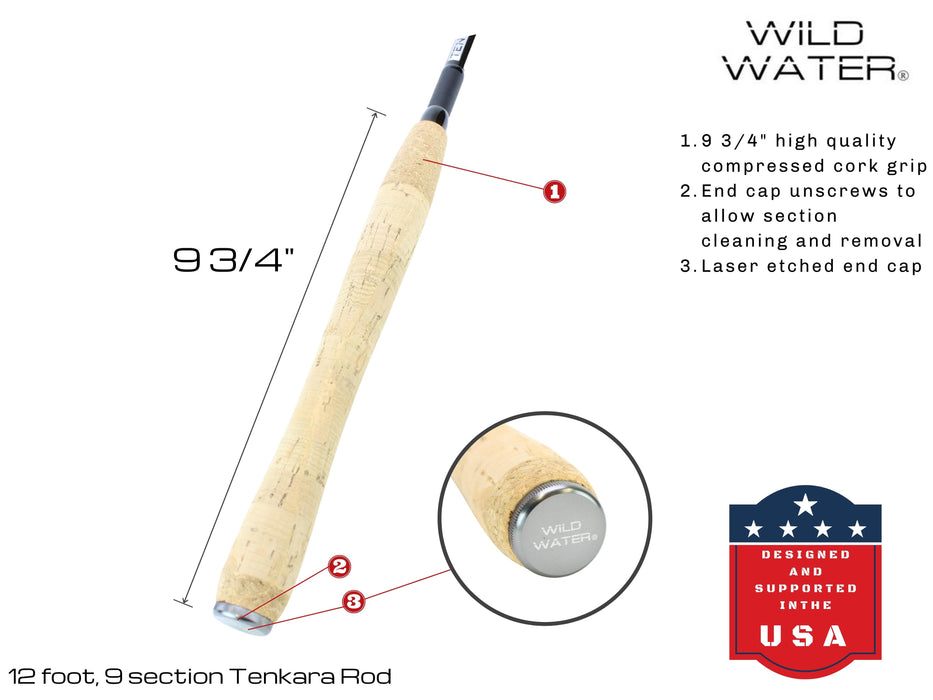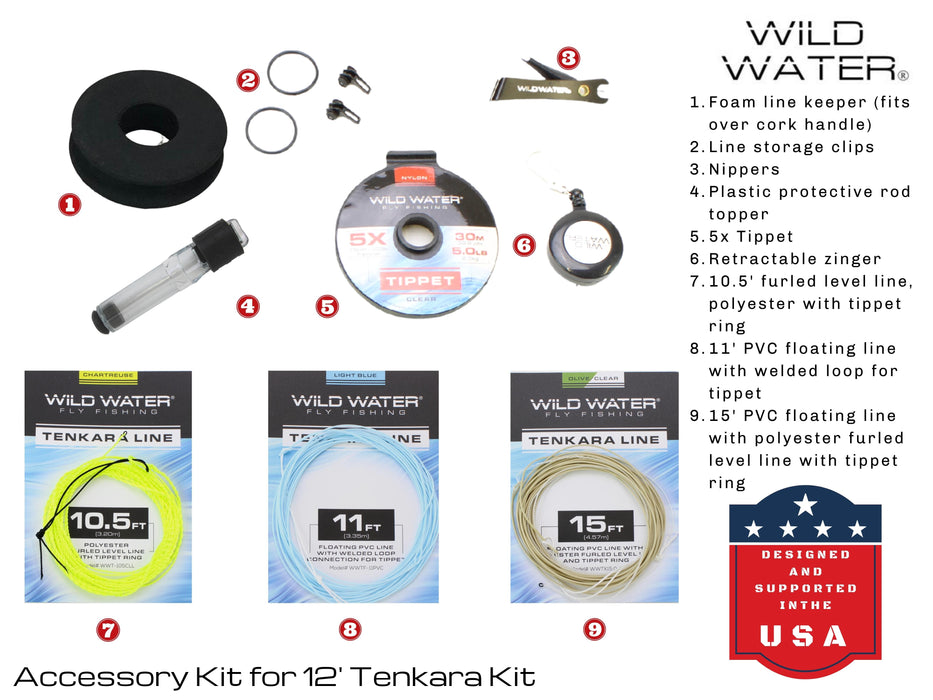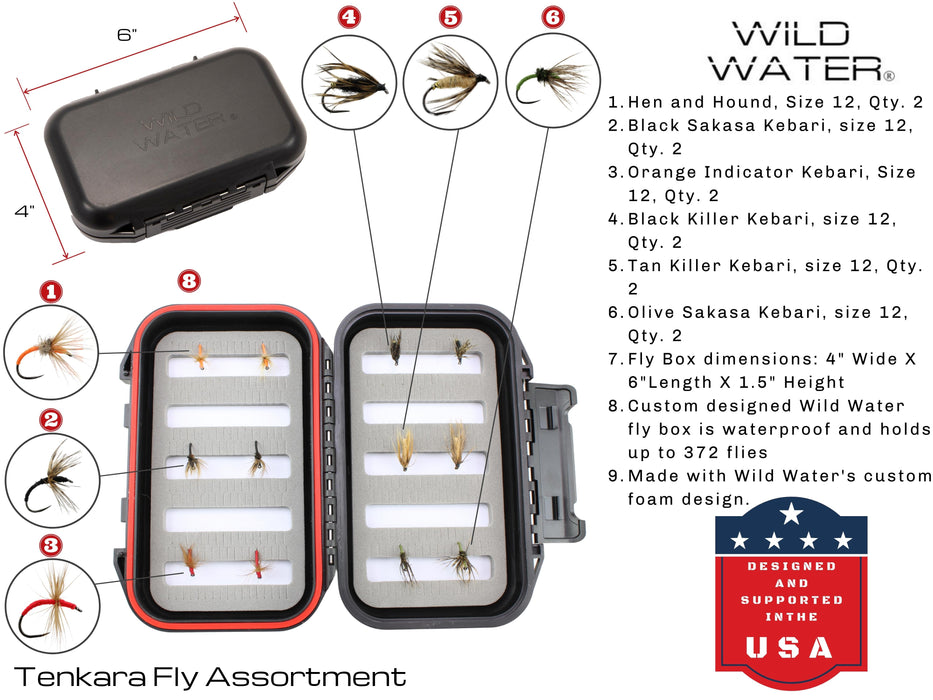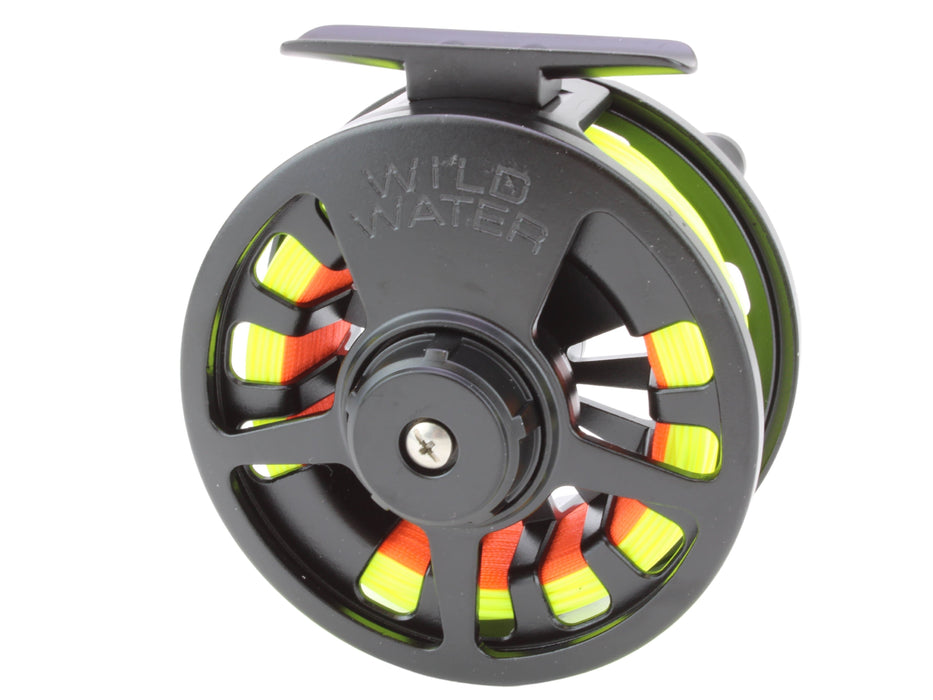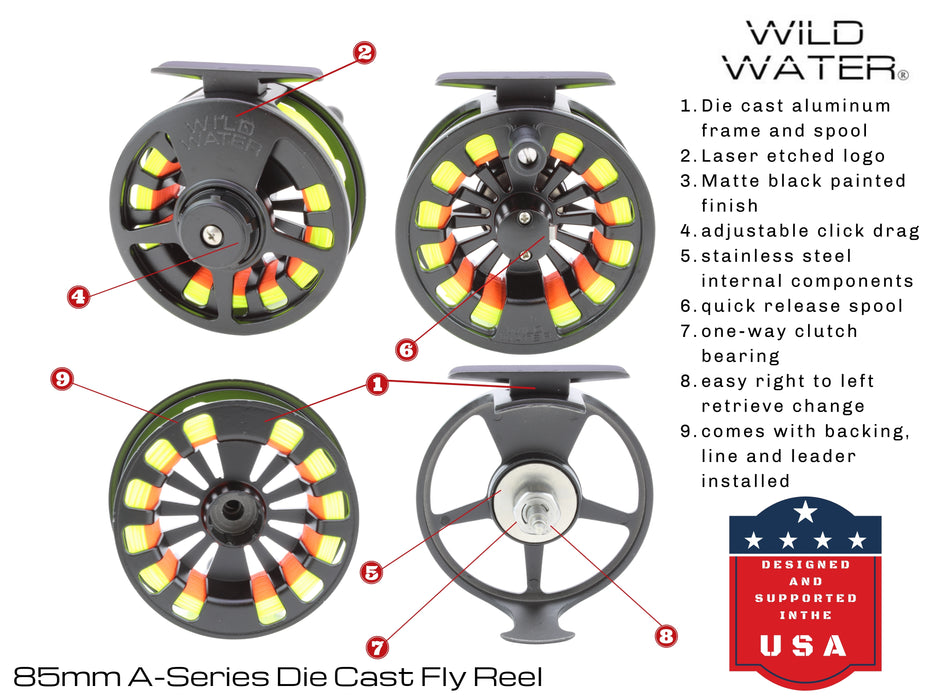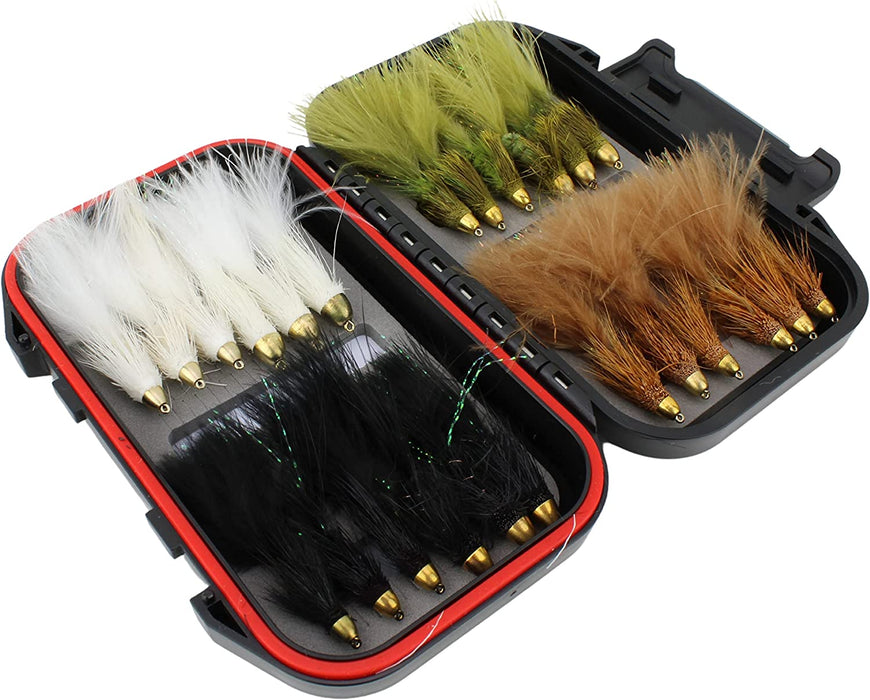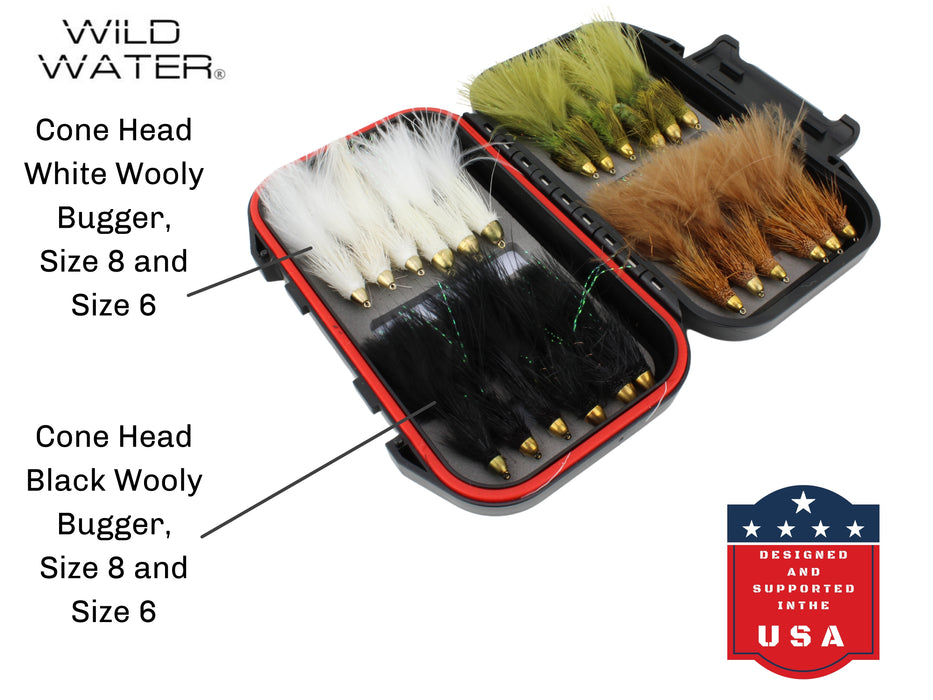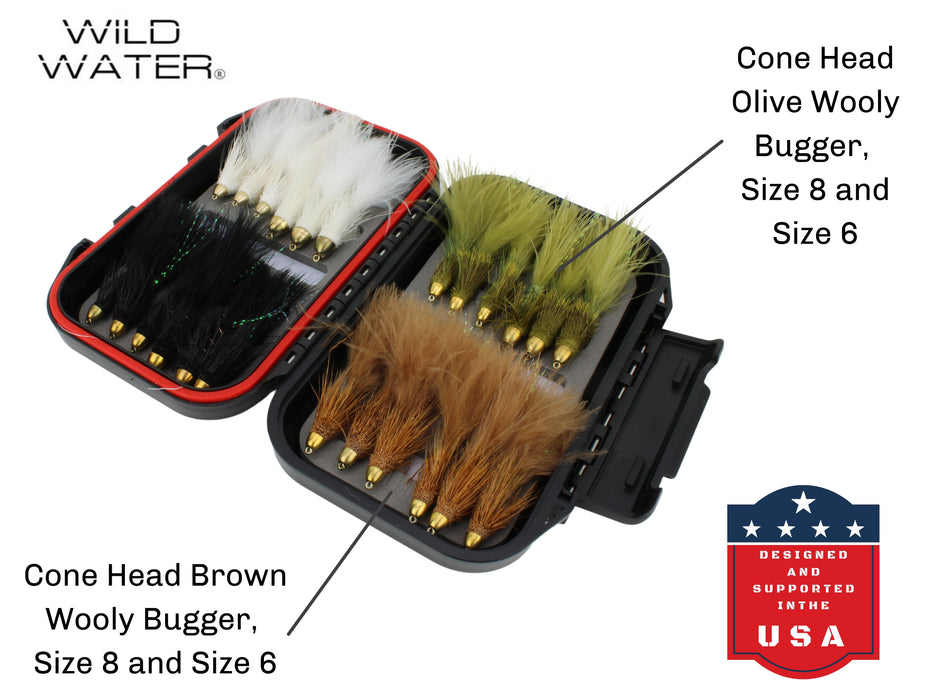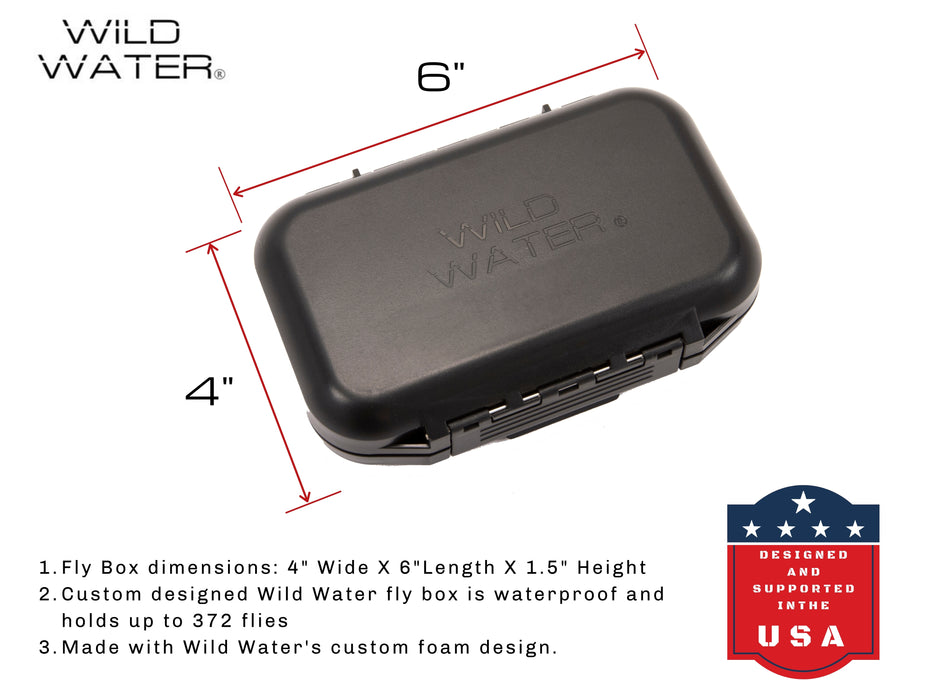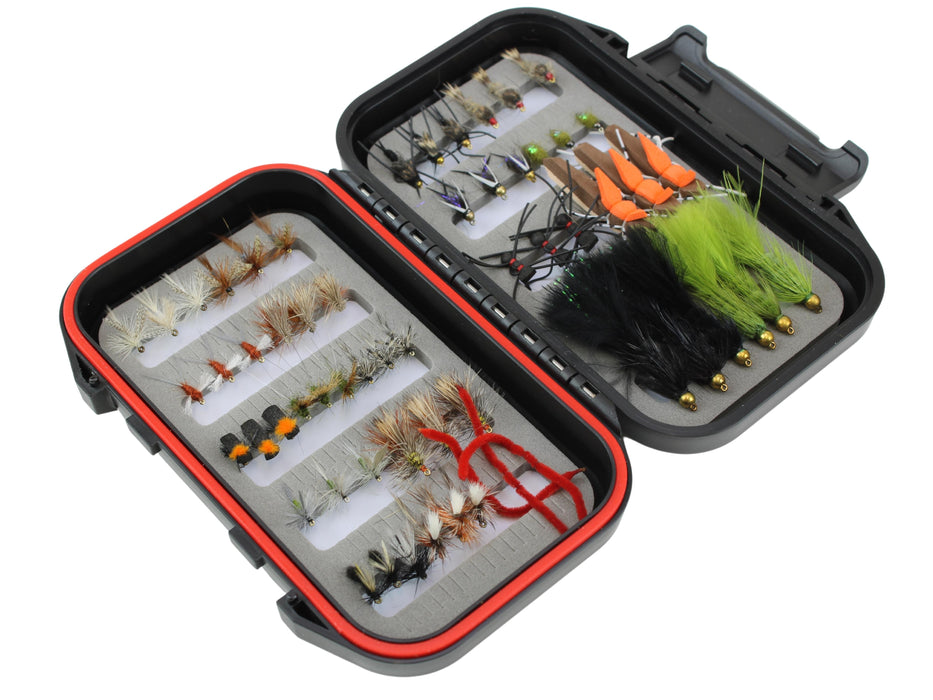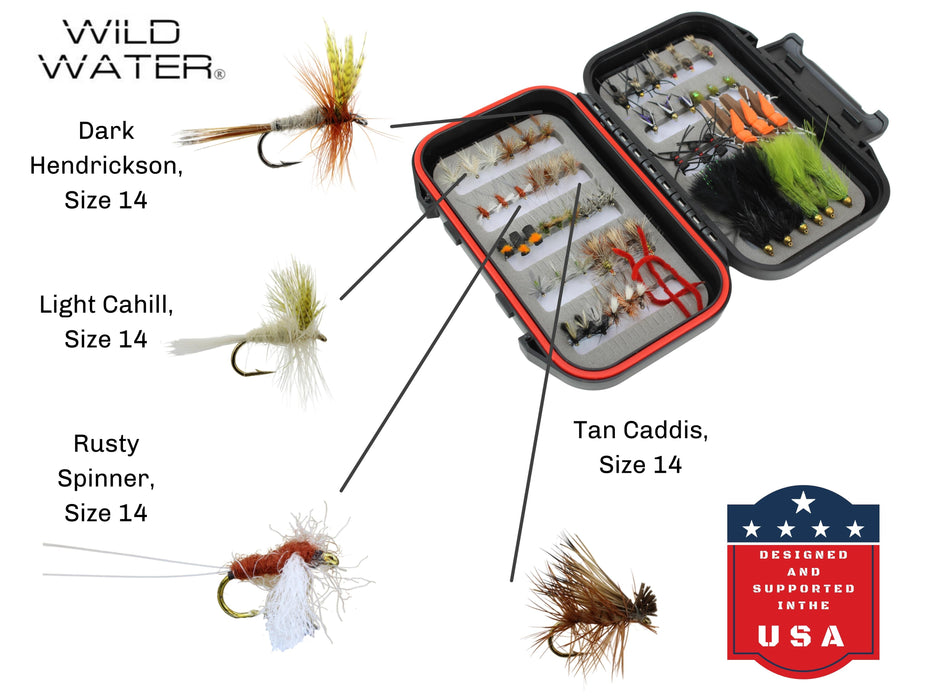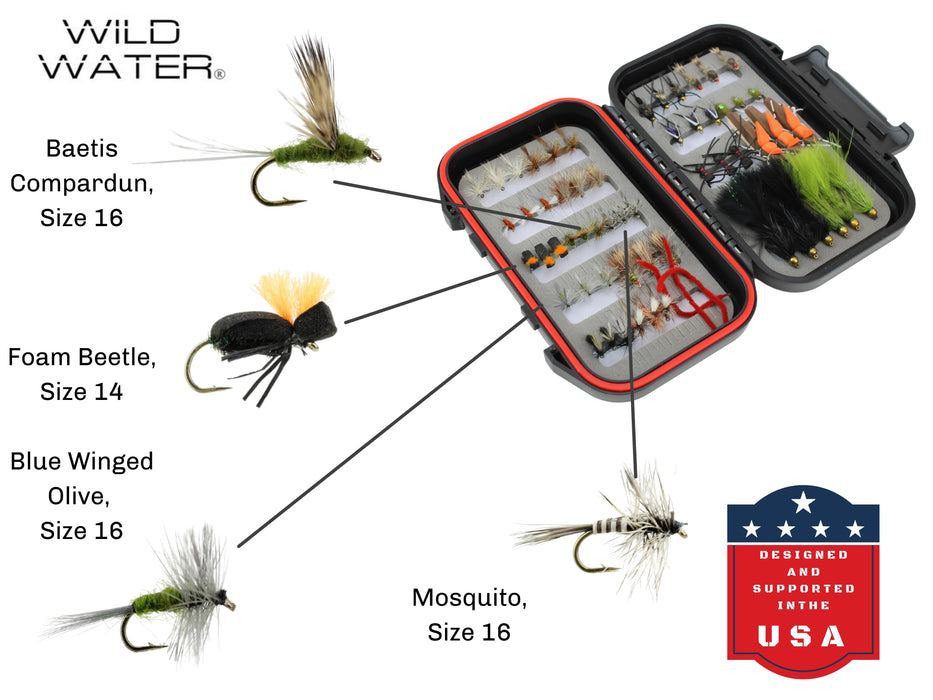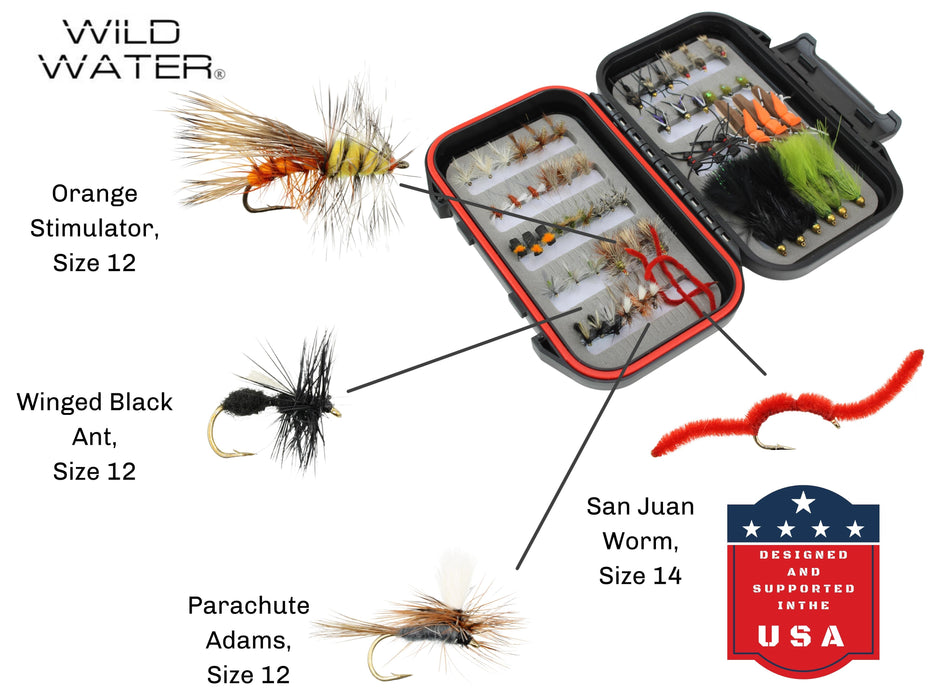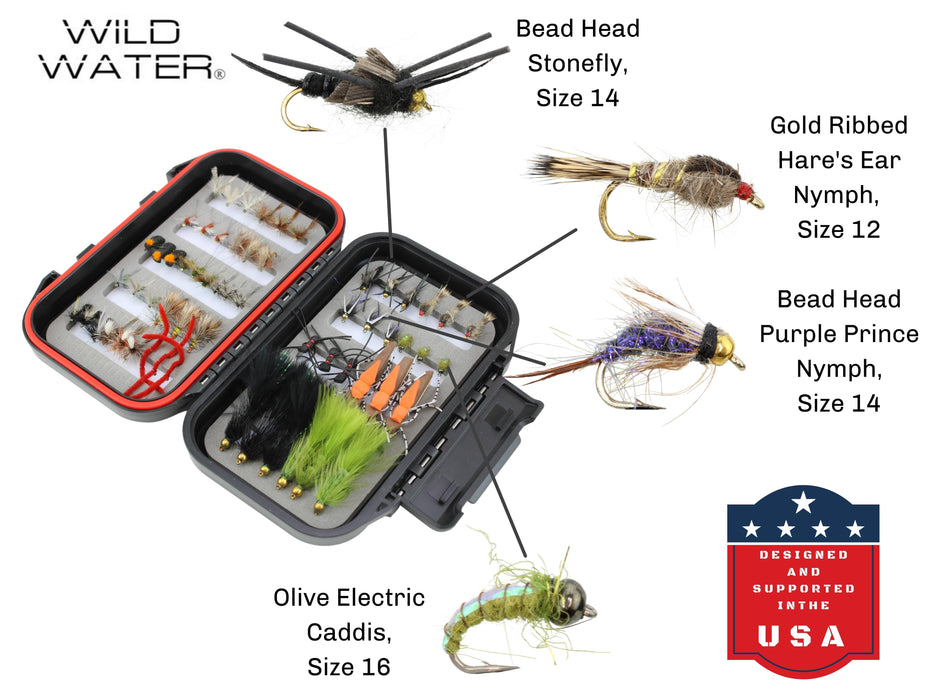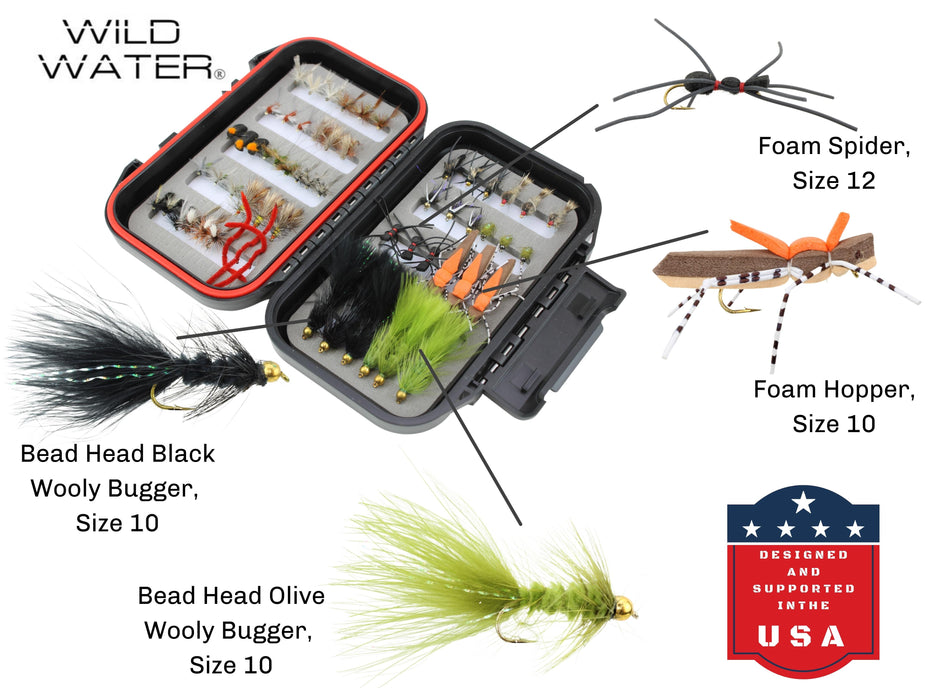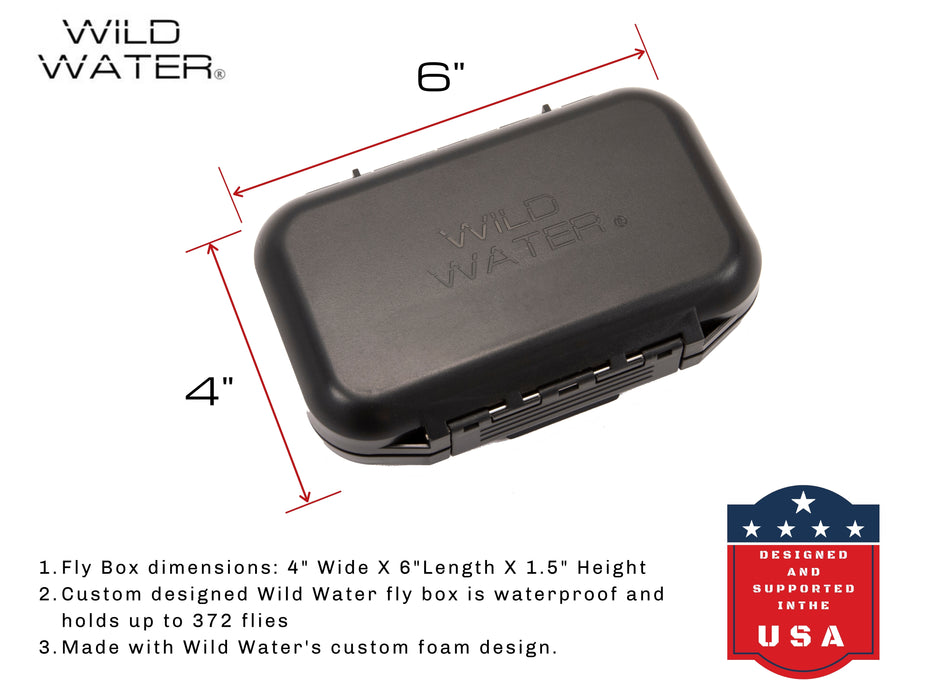Selecting the Correct Fly Reel for Your Fly Rod:
It’s important you get the correct reel that balances with your fly rod, performs smoothly, and helps you land that big fish you’ve been waiting to hook! You want to choose a reel that’s the right weight and holds the right amount of backing and fly line for the weight of the rod that you’re fishing with. Basically if you purchase a 5 weight fly rod, you want to choose a reel that can hold a 5-weight fly line. Wild Water Fly Fishing offers many different packages that include the fly rod, the fly reel, and the fly line all matched up together. That’s a very good and safe way to go. Or, if you’re feeling adventurous, you can match a rod, reel and and line all up yourself and really feel personally involved! Wild Water Fly Fishing rods and reels are all organized by line weight. All you need to do is make sure that the line weight of each matches. Our line weights range from 3-weight to 10-weight
Materials of Construction:
Fly reels made with good materials are so affordable that there is really no reason to purchase a fly reel made of plastic or stamped sheet metal. Wild Water Fly Fishing only sell reels made from aluminum. The minimum you should buy is a nice die-cast fly reel. These are made by injecting pressurized molten aluminum into a mold. It is an inexpensive way to make a fly reel that is both durable and light weight.
A second option is a reel made by CNC machining. These are made by taking a block of forged aluminum and cutting away the part you don't need. About 90% of the material is removed from a chunk of aluminum to make a frame or spool for a modern CNC fly reel.
Between the two, CNC is the better choice because it is generally stronger and lighter. Any slight bends in the spool or frame can actually be bent back into shape. The die cast reel can crack if there is a severe impact from a collision with a rock or dropping on a hard surface. The obvious drawback to CNC is that it will always be more expensive due to the cost involved in manufacturing.
Drag:
Before we go any further with reels, let’s talk about the importance of “drag”. Drag is one of the most significant features of the fly reel. The drag system is the resistance put upon the reel spool to prevent the line from being stripped away after a big fish grabs your fly. It’s the braking power to keep your day from being ruined! There are two main systems on the market: click-pawl, and disc drag.
In the past fly reels used by the everyday fly fisherman had a "traditional" click-pawl style drag mechanism. The drag tension was provided by a clicker (pawl) that ticks against the teeth of a round turning gear, which makes a clicking sound. All of Wild Water Fly Fishing's fly reels use a disc drag system utilizing small, round, discs. In order to increase or decrease the amount of tension placed on the fly line, the angler turns a knob attached to the outside of the reel’s frame which places more or less pressure on the discs. Disc drags are able to place far more tension on the fly line than a click-pawl drag system. The advantage of disc drag reels is the way they can handle big fish when they swim away with your line, because their drag is definitely more efficient and smoother than a click-pawl.
Arbor Size:
Now – should you get a large arbor reel or a standard arbor? A reel's arbor is simply the inner part of the spool where you'd first tie your backing and fly line. On a standard-arbor reel, the diameter of the spool is small, while on a large-arbor reel it's much wider. Think of it as the difference between the cardboard center of a paper towel roll (standard arbor) as opposed to a coffee can (large arbor). Fly reels are single action – the reel turns the spool the fly line is attached to one time with each turn of the handle. A “large arbor reel” has a larger spool, meaning more line is brought in every time you turn the handle, consequently line is retrieved faster. A large arbor reel holds the same amount of line as a standard arbor reel, so you gain speed without giving up line length.

